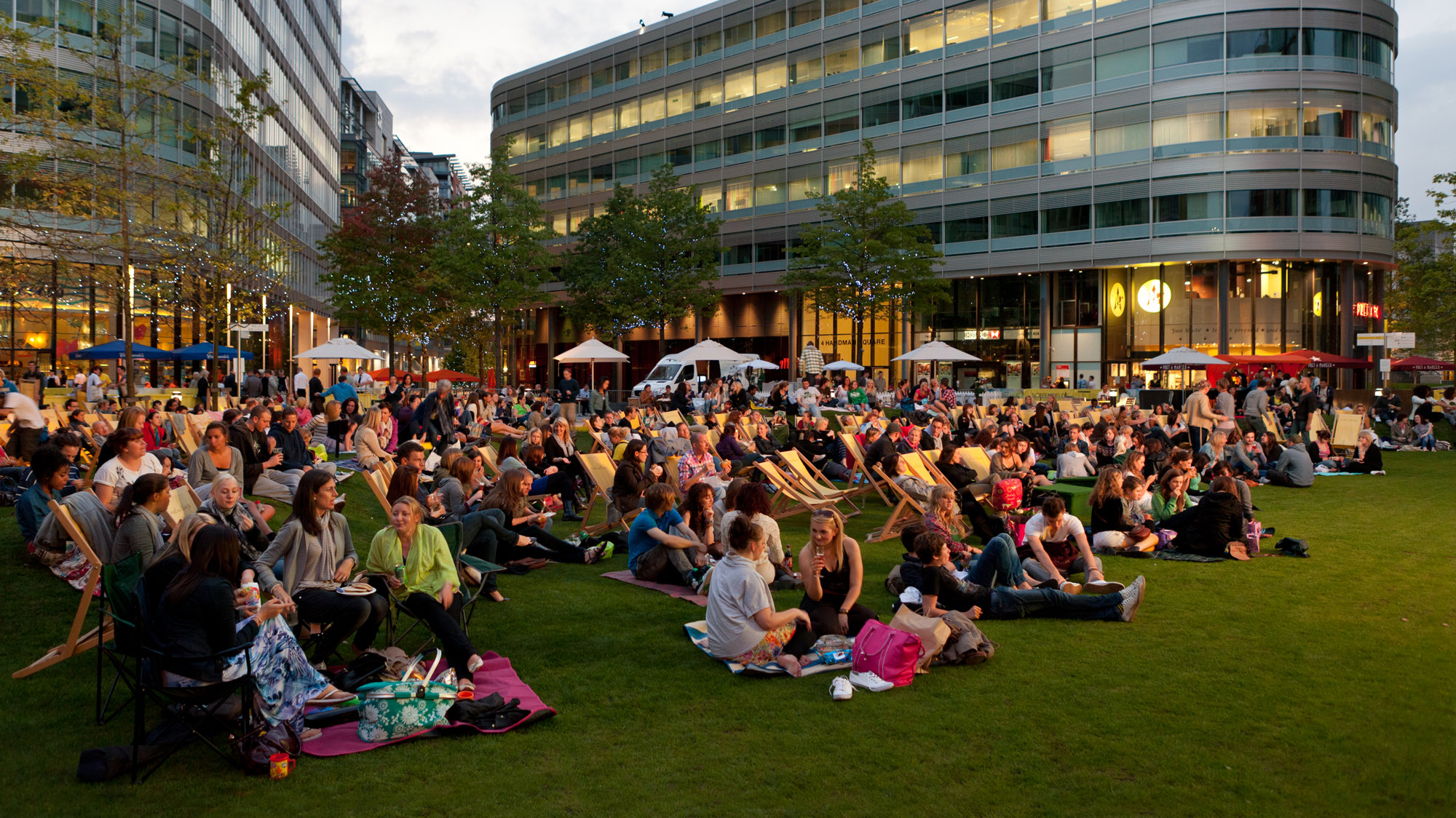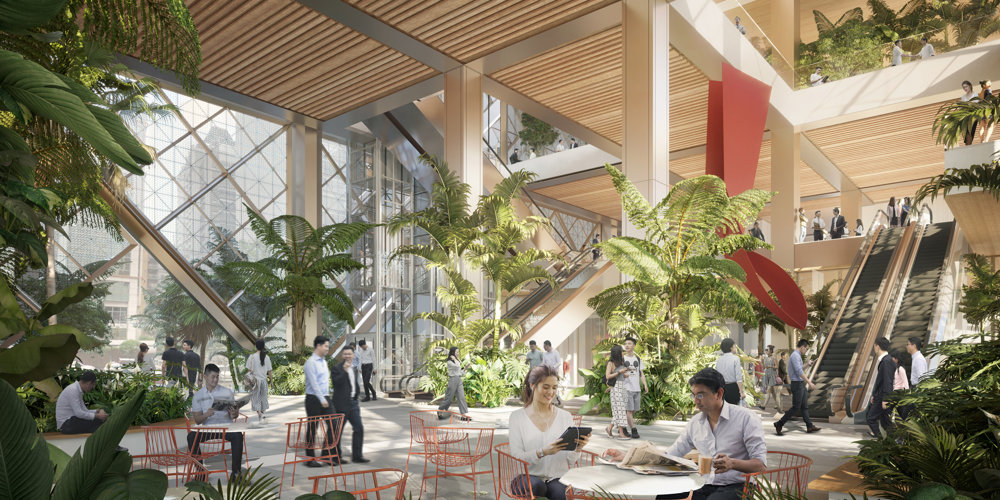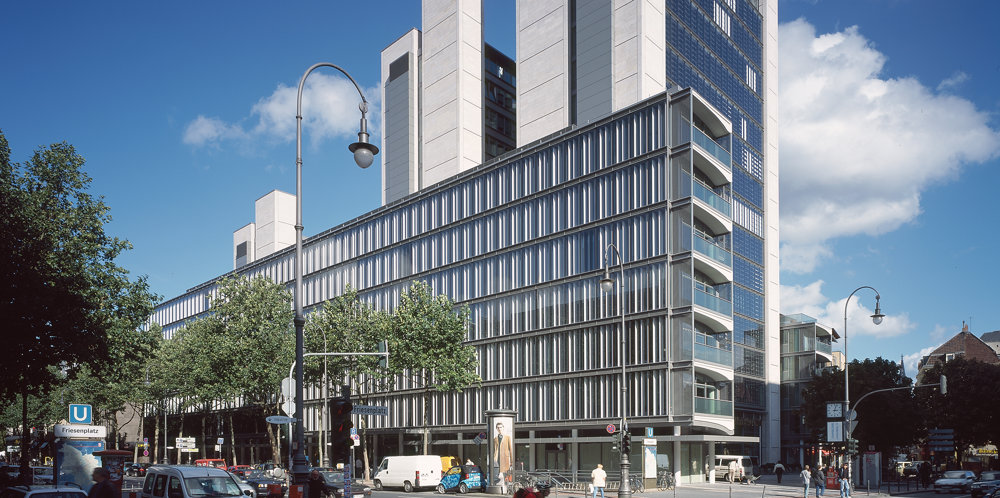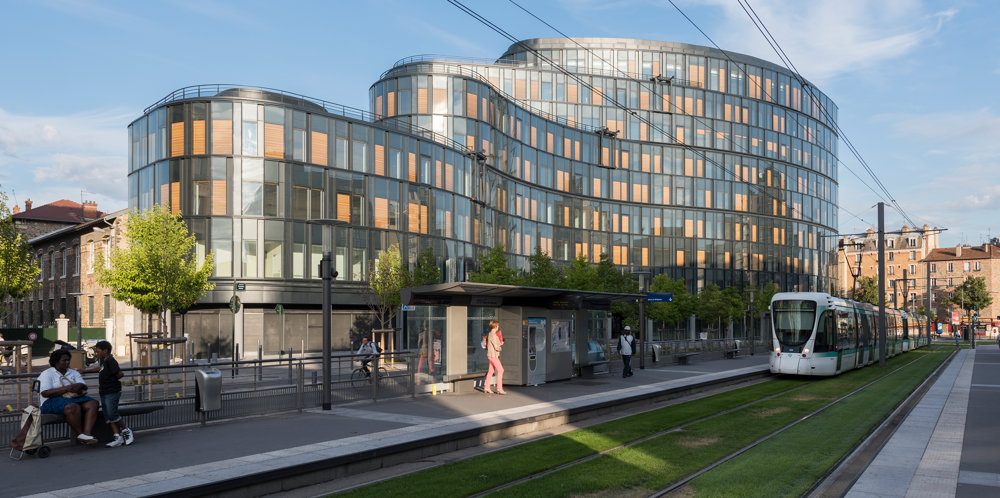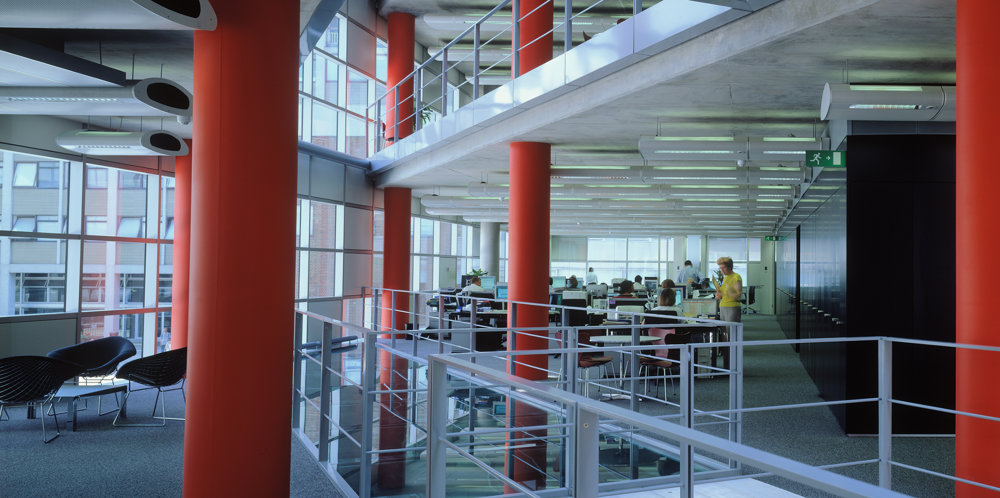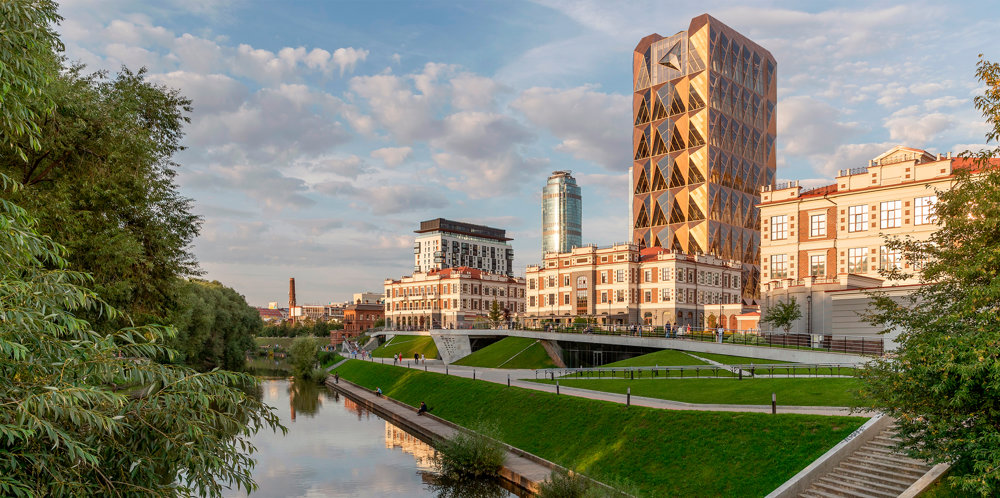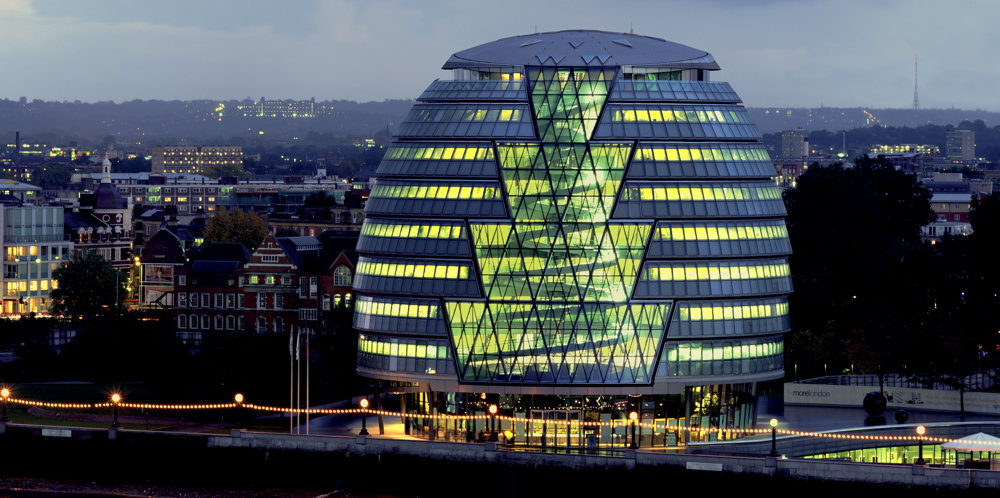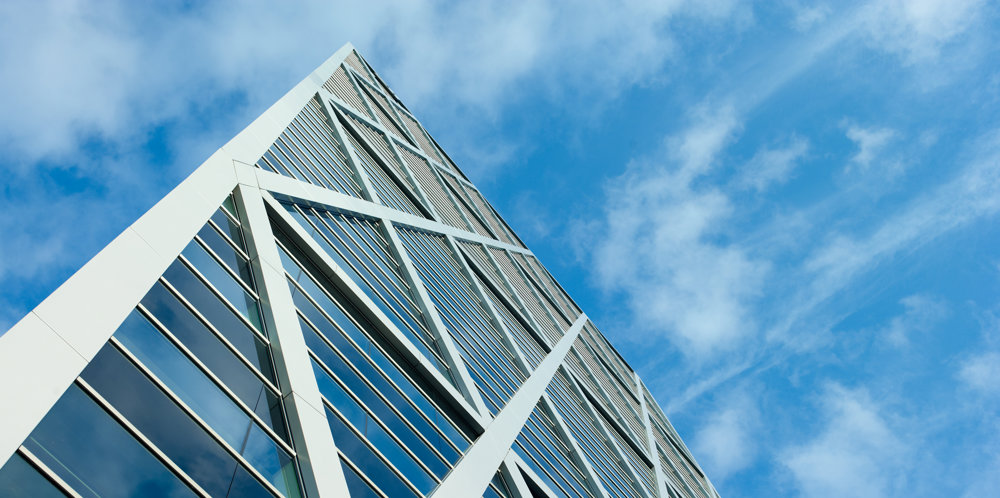Forming part of the Spinningfields masterplan to regenerate a 12-hectare site in central Manchester, the office buildings at 3 and 4 Hardman Square are a milestone in the area’s emergence as the city’s new business district. The project involved the creation of an important new public space – Hardman Square – which is bounded by four commercial buildings, lined with cafes, bars and shops, and forms the social heart of the wider scheme. The square opens up new pedestrian routes through the city and provides a valuable new open air venue for events, markets and celebrations.
The two office buildings are characterised by a high degree of flexibility. 3 Hardman Square can accommodate up to sixteen different tenants, two per column-free floor. It has been designed without the need for corridors around the core and, to increase future flexibility, it offers two potential lobbies. As the office floors are occupied by a single tenant, the second lobby has become a restaurant. However, the adaptability of the design is such that at any point, changes can be made to this arrangement without major structural interventions. In addition, high ceilings in all ground floor areas allow mezzanine levels to be created in the future as required. 4 Hardman Square was originally conceived by the developer as a screen to hide the loading dock for the adjacent Crown Court. Exceeding the brief, the building spans the existing structure and provides an additional 58,000 square metres of high quality office and retail space, completing the northern side of the plaza and providing space for up to ten different tenants. Again, all of the office space is column-free, yet the floor plate is deliberately smaller than that in 3 Hardman Square to widen the market offer and attract a greater diversity of businesses to Spinningfields.
The glass and steel façade of 3 and 4 Hardman Square is based on an innovative ‘kit of parts’ system. Visually the approach unifies the scheme and defines the plaza, but underlying this is a hard-working system designed to meet the specific demands of each building’s orientation, tenant and regulations. It includes an insulated glass panel with state-of-the-art vacuum insulation technology and a unique vision panel at floor level, which allows views from the offices to the activity of the plaza below.









